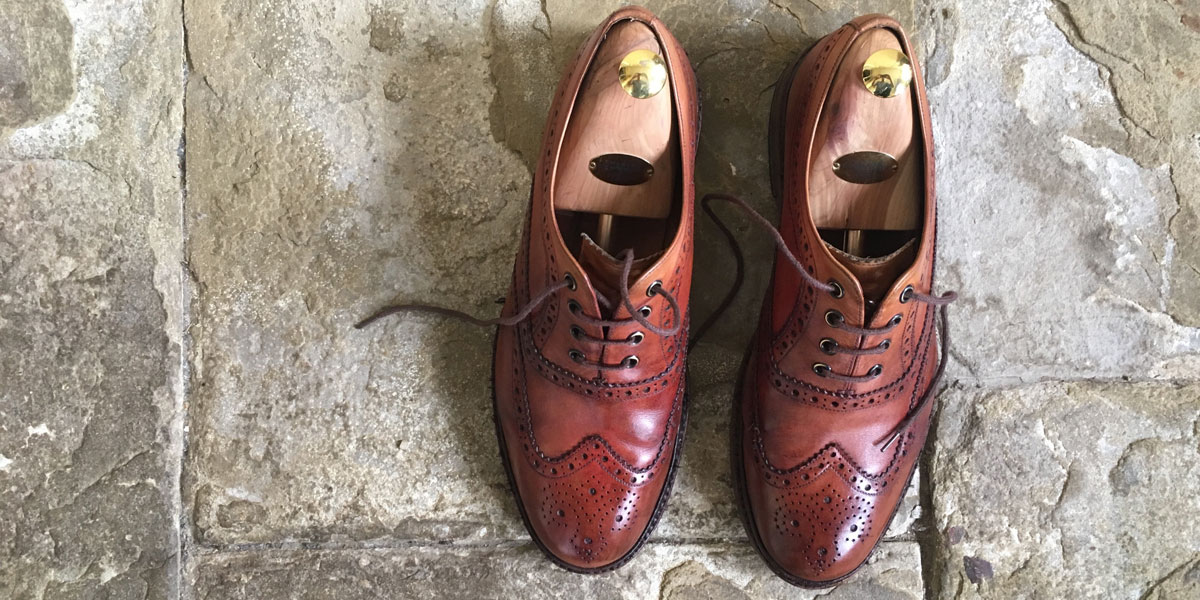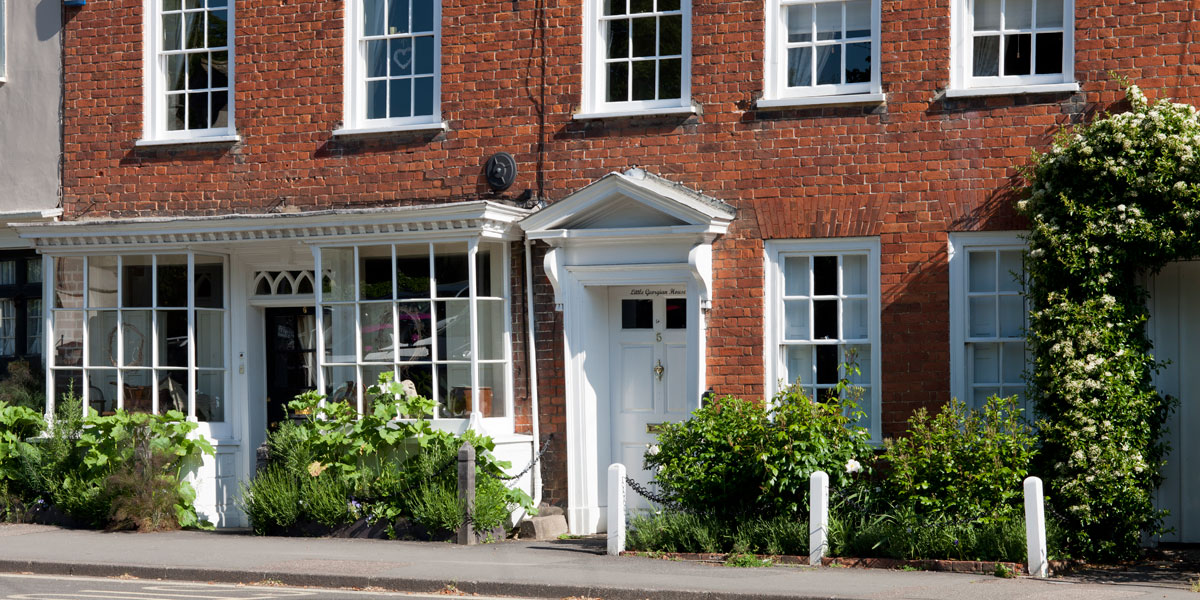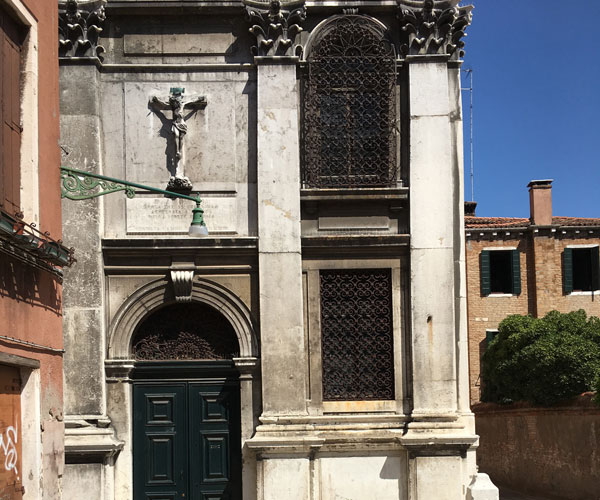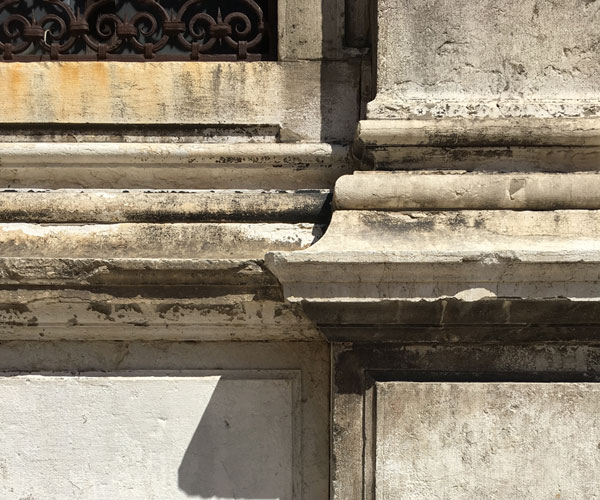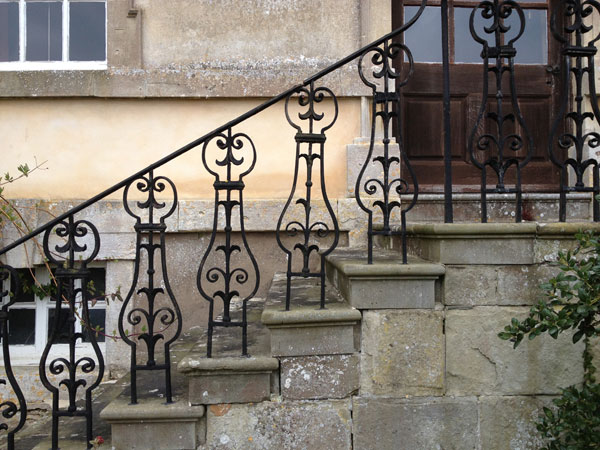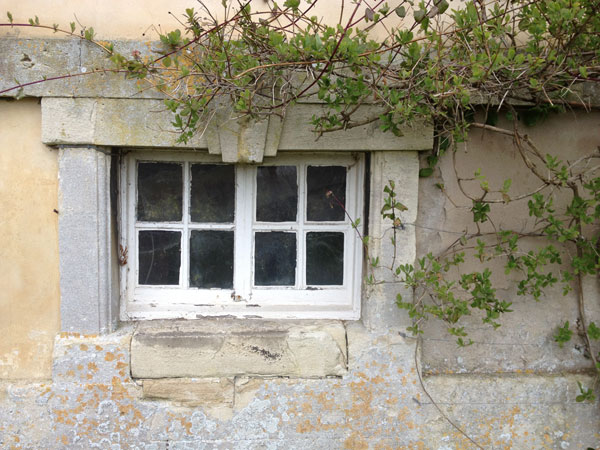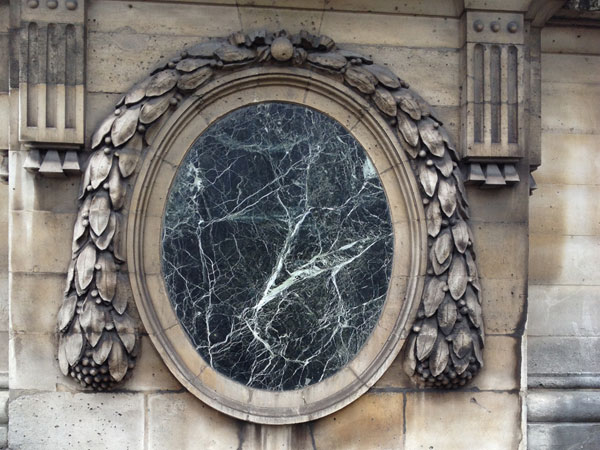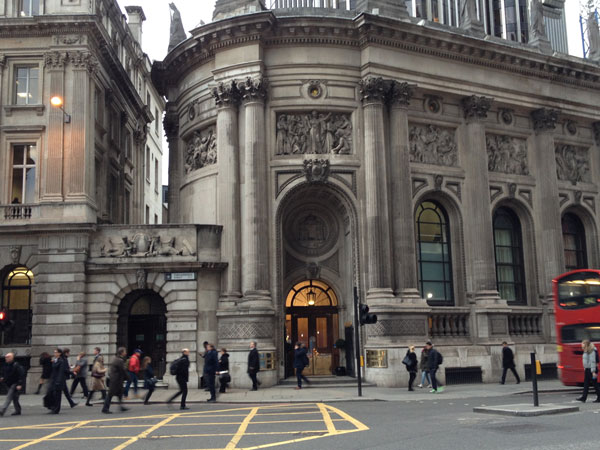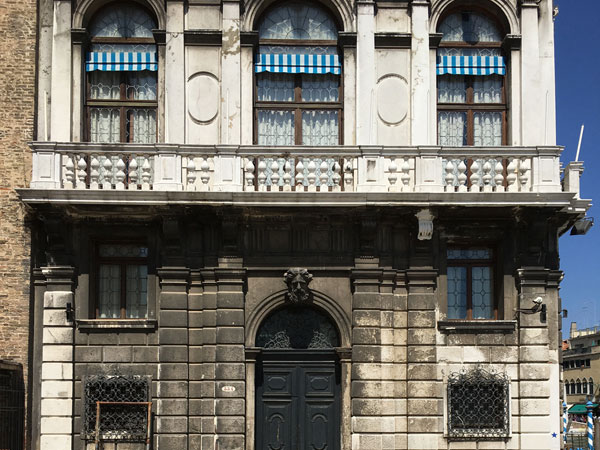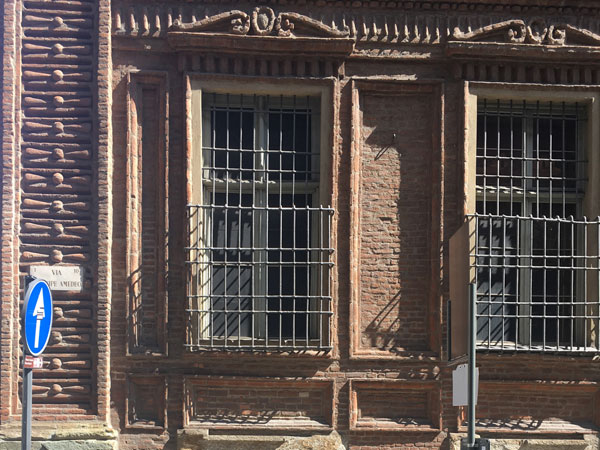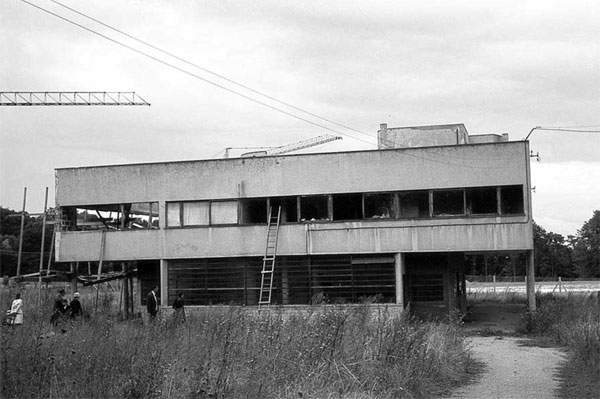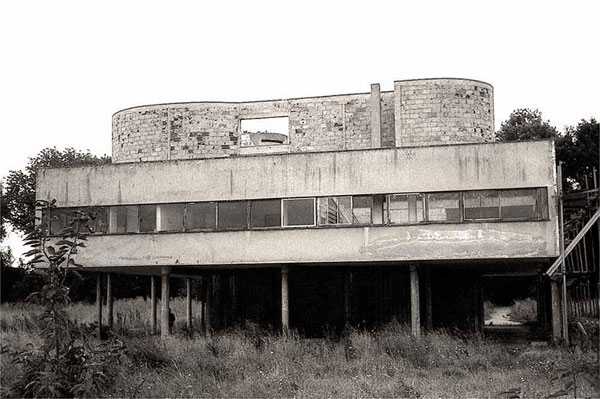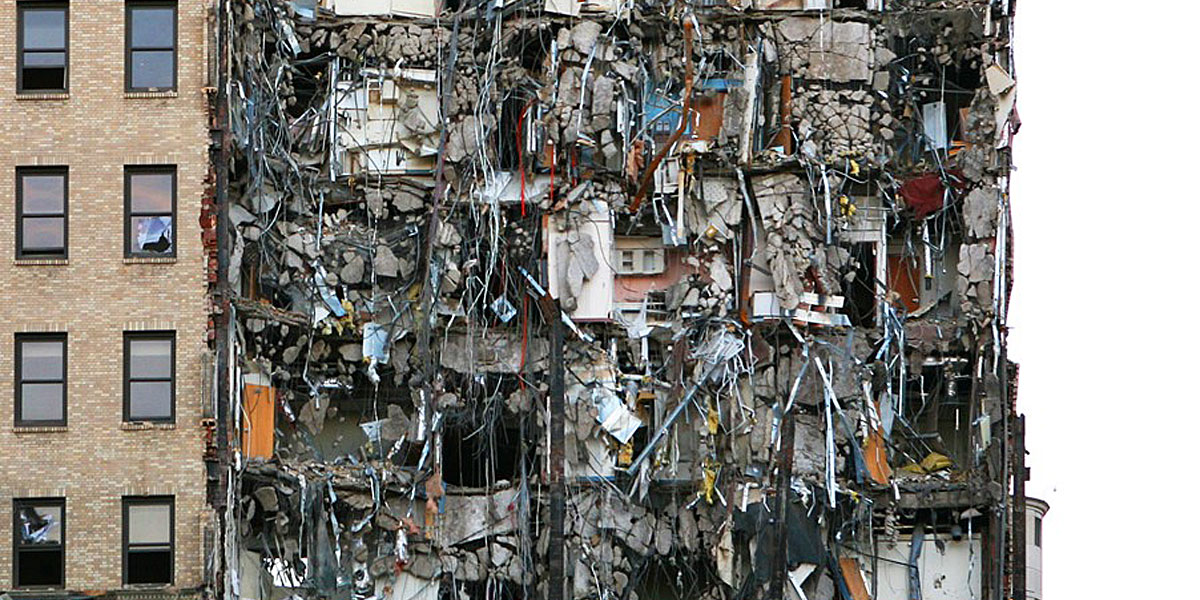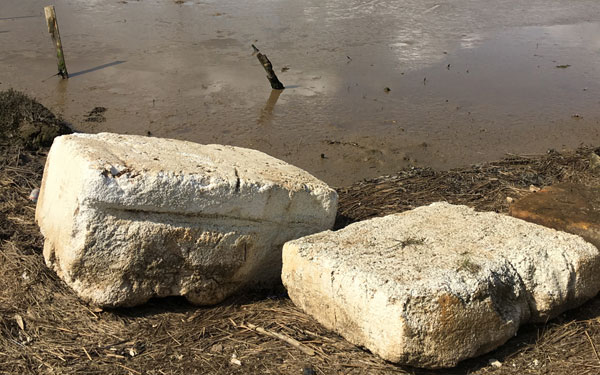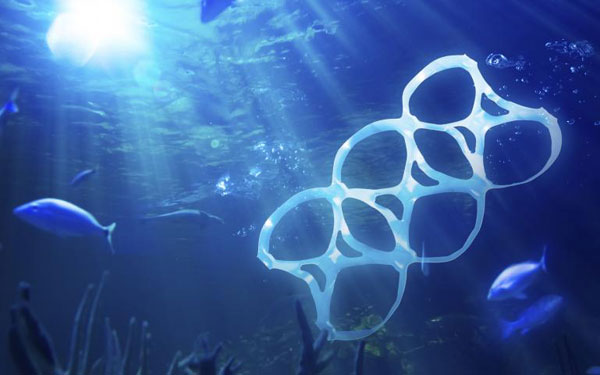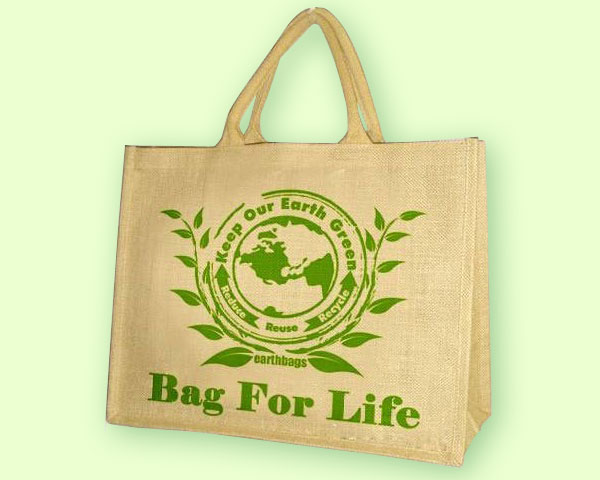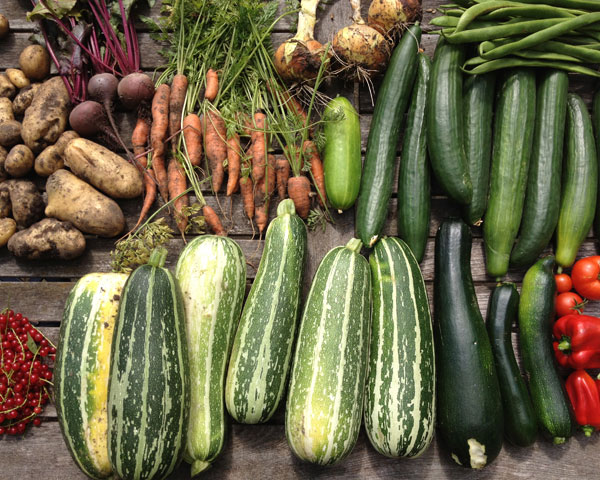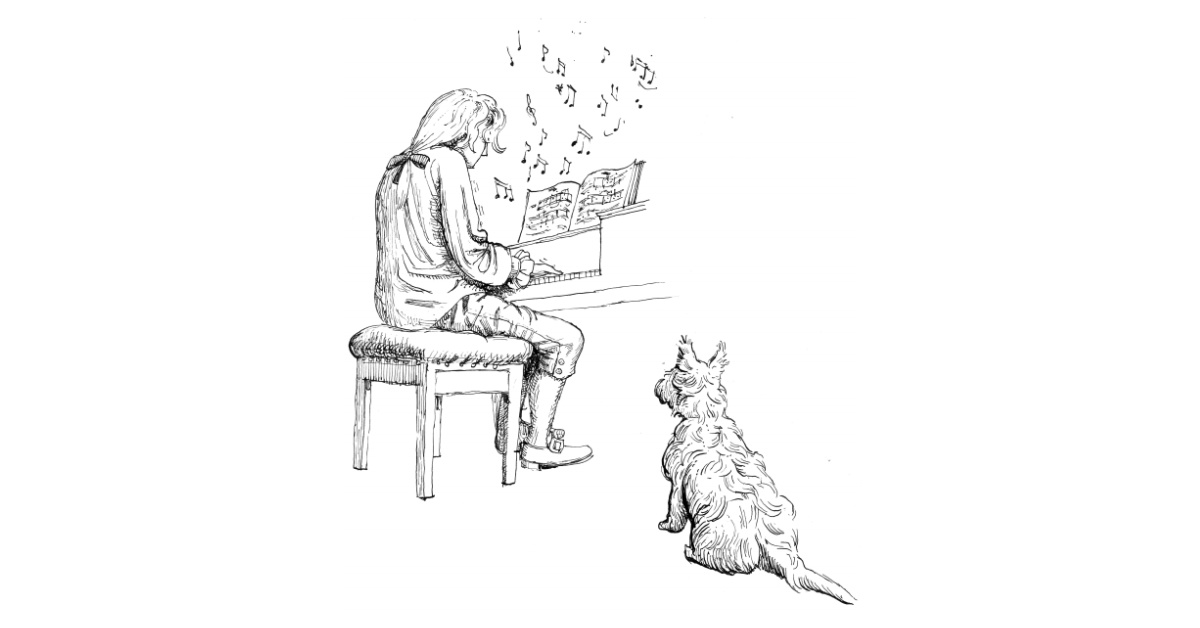Sustainable Building Materials
I love a good pair of brogues. They last for years and the longer you have them, the better they look. Regular polishing gives the leather the appearance of a freshly fallen conker. A good pair of brogues will last decades. Trainers, sneakers, gym shoes (I'm not sure of the correct word) do not have this quality. A short run across a ploughed field on a rainy day will ruin a pair of trainers and no amount of polishing will improve the situation.
Nylon fabrics, as used in sports clothing, seems to be the 'go-to' fabric for many nowadays and natural materials, like cotton, wool, tweed and corduroy, seem to be less used unless you are a bearded hipster... or a reactionary architect, who peddles nostalgia - like me.
I was heartened to see Prince Charles recently making this exact point during his tour of Australia, where, in an interview with the Australian Financial Review, he said that he was delighted that there is a, “growing awareness of the urgent need to get away from ‘throwaway society’,” when it comes to fashion sustainability." His Royal Highness went on to say, “I have always believed in trying to keep as many of my clothes and shoes going for as long as possible (some go back to 1971 and one jacket to 1969) – through patches and repairs – and in this way I tend to be in fashion once every 25 years…”
The Prince of Wales established the ‘Campaign for Wool’ in 2010 which encourages the fashion industry to make greater use of natural fibre.
This argument can also be applied to traditional building materials. A brick, render or stone building improves with time as the weather will stain the facade and erode the sharp edges. My clients look forward to the day, far in the future, when their new house has softened and mellowed with age. Here are some photos of old buildings which show this beautiful ageing process. Dirt and damage make them more, rather than less, attractive.
Many modern buildings do not have this quality, they can look great on the day they are built, but as time goes by, they often look progressively worse, as the concrete cracks to reveal rusting reinforcing bars and plastic seals failing. Many modern buildings rely on a pristine white rendered facade which requires endless painting and repair to look reasonable. This can be seen on these images of the Villa Savoye taken before its restoration. It is interesting to note that the most iconic of all of Le Corbusier’s Villas, depends on constant restoration for its aesthetic appeal.
Similarly, glass facades require regular washing to look new and as environmental concerns become more pressing, one can only speculate about how this massive waste of water and detergents will be perceived by future generations.
The building materials used before the 20th century were brick, clay tiles, stone, slate and timber. All these materials can be recycled and look better with time. Modern construction favours complex constructional systems with a variety of materials. Traditionally a wall was made typically of brick with plaster on the inside and that's it. Today a wall may have a weatherproof skin made of metal or plastic, behind this is a thick layer of petrochemical insulation, then a cavity followed by a steel frame with a concrete panelling system. The joining of these materials will have special systems involving further materials like metal or plastic fixings. This makes the recycling of the wall problematic as the materials are hard, if not impossible to separate. The reason why modern walls are so complex is partly down to insulation, which is there to reduce the energy used to heat buildings. But by solving one environmental issue, another needs to be ignored.
One of the great aspects of traditional materials is that they are easy to separate and recycle. Stone and brick, if laid in lime mortar, can be easily taken apart and reused. Likewise, slate and clay tiles on roofs which can be simply removed from their timber batons. Timber can be reused or reformed into plywood or burnt as fuel. If timber is left to rot, it will just go back into the ecosystem with no harm done. Plastic does not degrade in the same way. On a walk in Suffolk, I came across two blocks of polystyrene, which sadly will not biologically degrade. I walked past it a year later and it was still there.
Increasingly buildings are made from some form of plastic, this could be the windows, doors, insulation, walling and sometimes roofing, in fact, you could probably make a building entirely of plastic, if that was your aim. As plastic starts to fill our oceans, we are all beginning to think of alternatives to petrochemical products. Using hemp or cotton shopping bags is the start of a very real change, but this sort of attitude has yet to permeate architecture. But change is in the air. As people are starting to see what an environmental disaster plastic is, I hope that architects, of whatever style, will start to look at more natural materials for construction, in the same way that restaurants and food packaging manufacturers often boast of their natural credentials and being free from artificial additives; architects could start doing the same.
But I do not want to sit in judgement - traditional materials are expensive and out of the price bracket of many consumers. It's all very well going on about organic food but when you've got a large family and low income, you cannot afford these niceties. As morally dubious as factory farming is, a battery chicken is an effective way of producing food at a low price. These very real moral problems are in most people's minds as they do their weekly shop, but architects are not currently grappling with these issues in any obvious way. Making a building plastic free, for example, is not always possible, but should at least be an aim or intention. As these issues become more dominant, the debates will start informing construction. Perhaps, in a few years’ time, the great divide in architecture will not be classical versus modern but rather based on the use of natural materials. Architectural style will be seen for what it is which is as a matter of fashion and taste.
